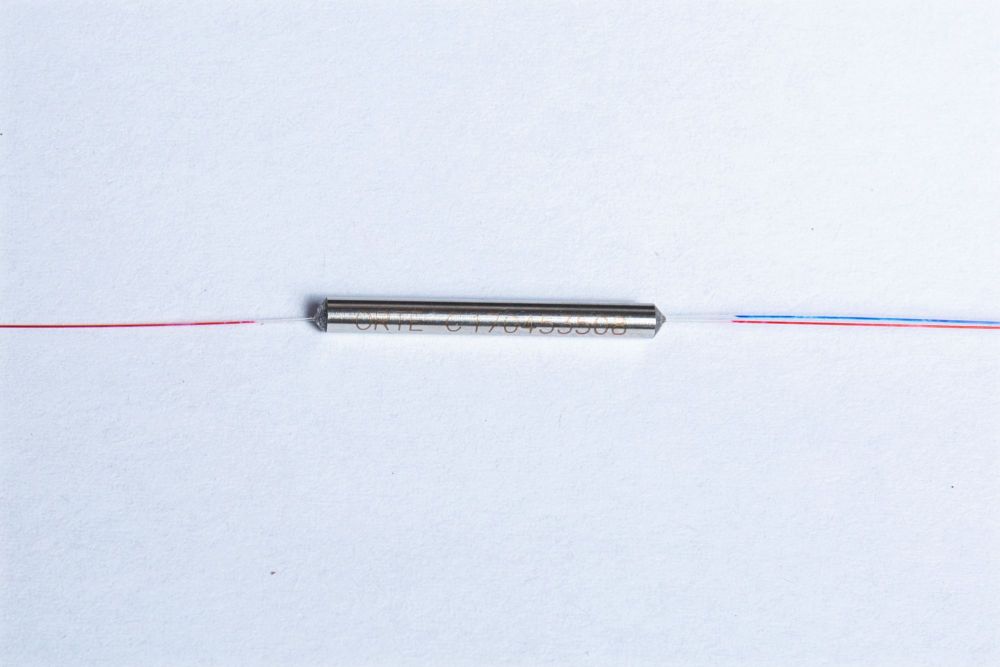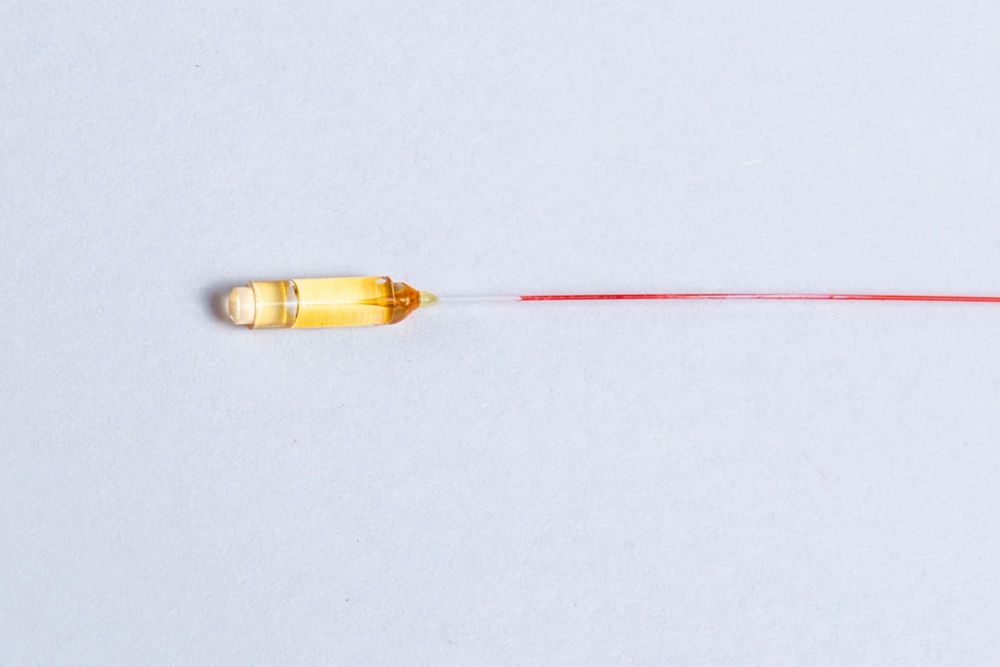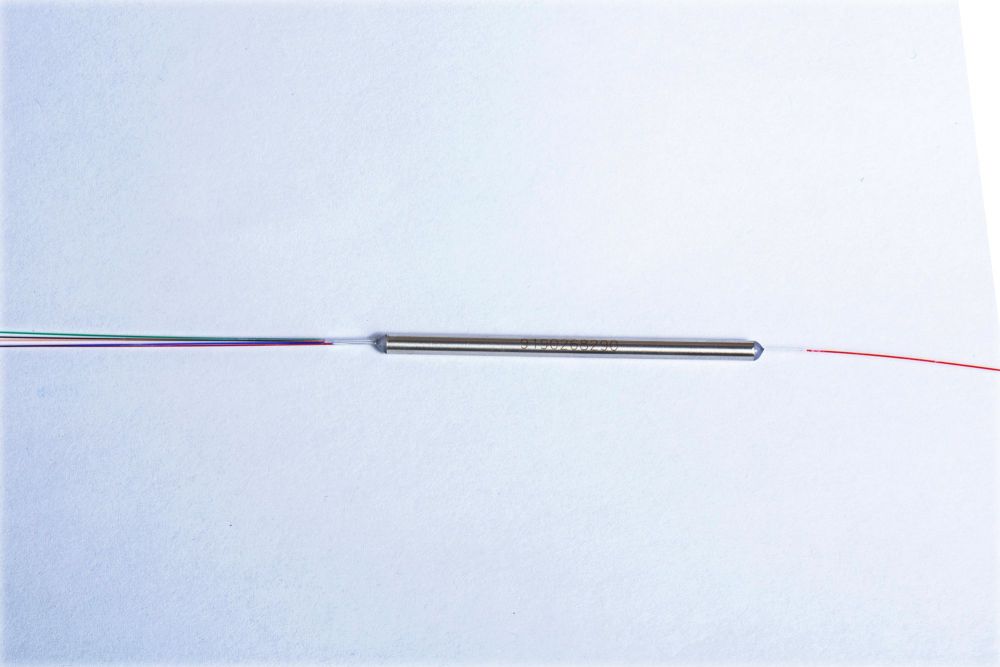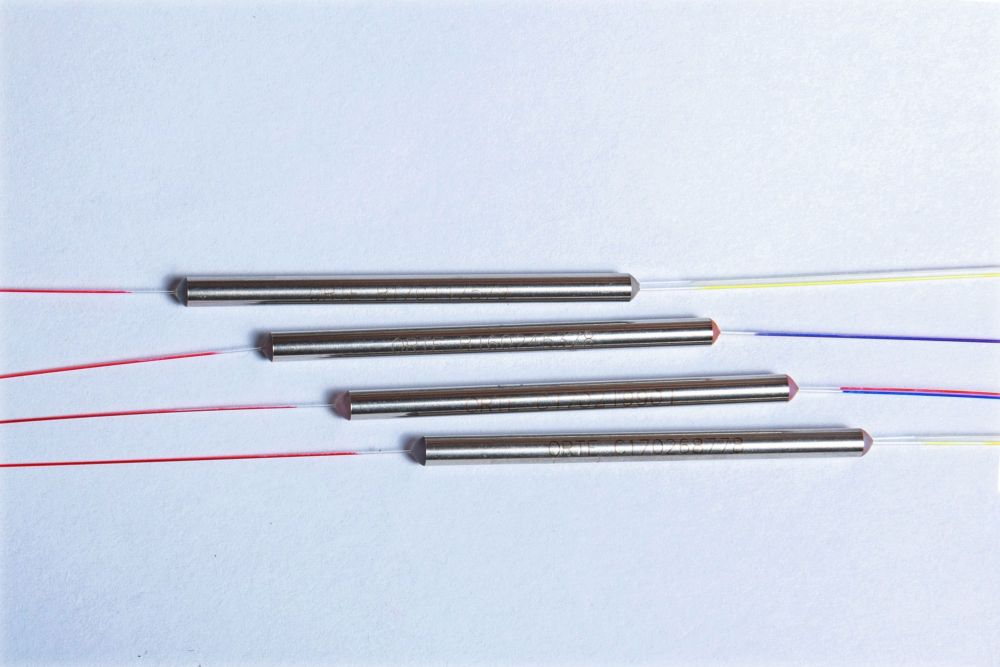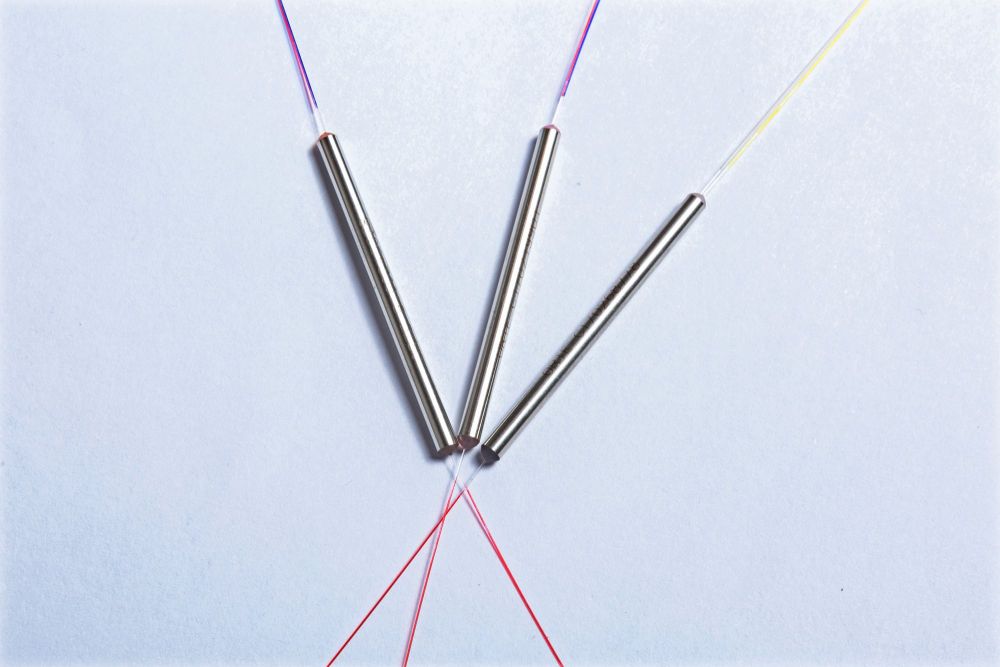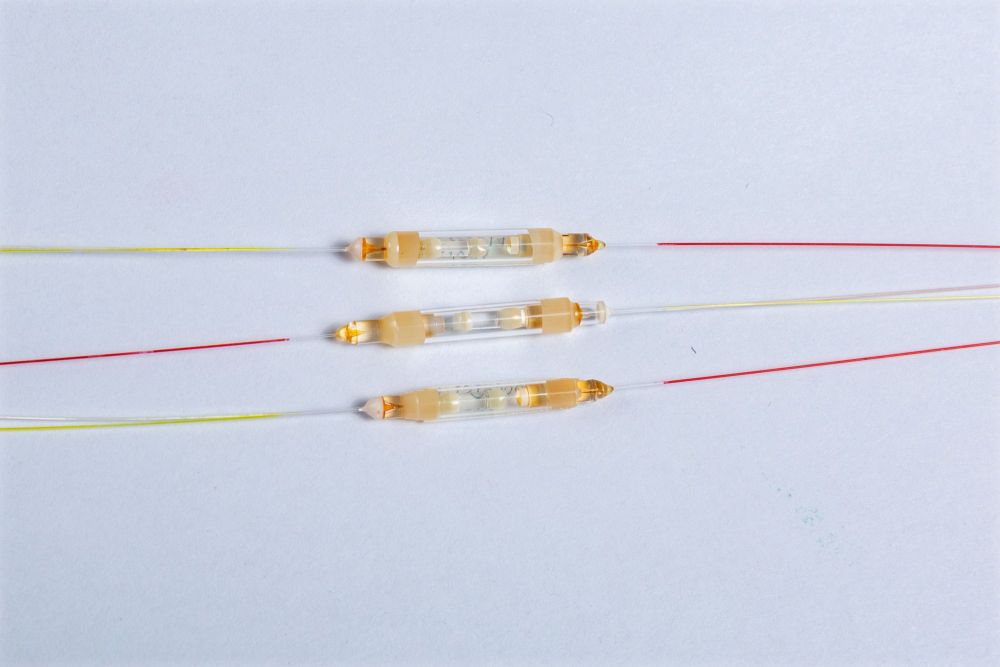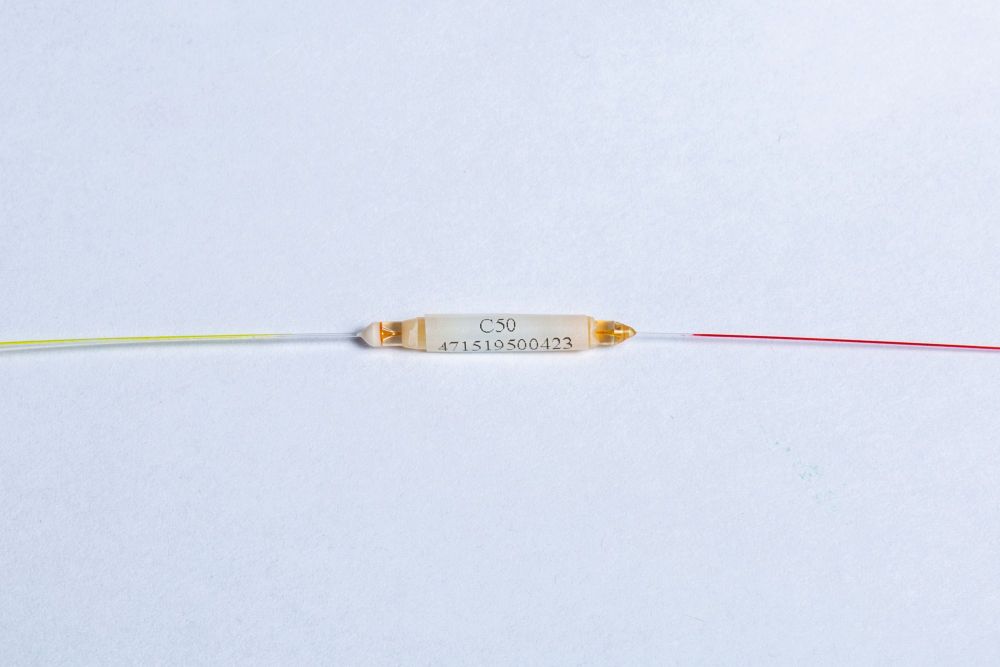DML:
DML designs consist of a distributed feedback structure with a diffraction grating in the waveguide for stable operation for direct modulation and is also called a DFB for “Distributed Feedback” laser. With DML lasers, the modulation speed and the transmission distance vary with the spectral linewidth of the laser. Indeed, more the linewidth is narrow, higher is the modulation speed (data rate) and longer is the distance.
Basically, sequences of “1”s and “0”s are placed on the optical signal by modulating the injection current, This is like an on/off electrical signal. Therefore, the design of a DML requires the electrical current to directly modulate the optical signal by turning the laser “on” to produce a “1” or “off” to produce a “0”. This modulated injection current is produced by an external IC and applied to the laser to generate the optical output.
But direct modulation changes the laser properties like its refractive index leading to a large chromatic dispersion. Performance of a DML degrades over longer reaches (>10km) due to larger chromatic dispersions, lower frequency response, and a relatively low extinction ratio when compared to EMLs.
The DML itself is a single chip and provides a simpler electrical circuit layout for operation. Hence, it will produce a more compact design and lower power consumption.
EML:
An EML is a laser integrated with an external modulator called an electro-absorption modulator or EAM integrated within a single chip.
The Structure is the same as a DML. But, contrary to the DML, the EML has its signal modulation not at the electrical side but at the EMA side. It means that the electrical signal generates a continuous optical signal while the on/off electrical signal is applied after to the EAM modulating the optical signal.
In opposition to the DML design, the EML design does not have the laser directly modulated giving the advantage of not changing the laser properties. EMLs are advantageous in applications with higher speeds and longer distance transmission because of its smaller chromatic dispersion and stable wavelength under high-speed operation.
The EML design will require more power to operate as well as more complex electrical layout.

